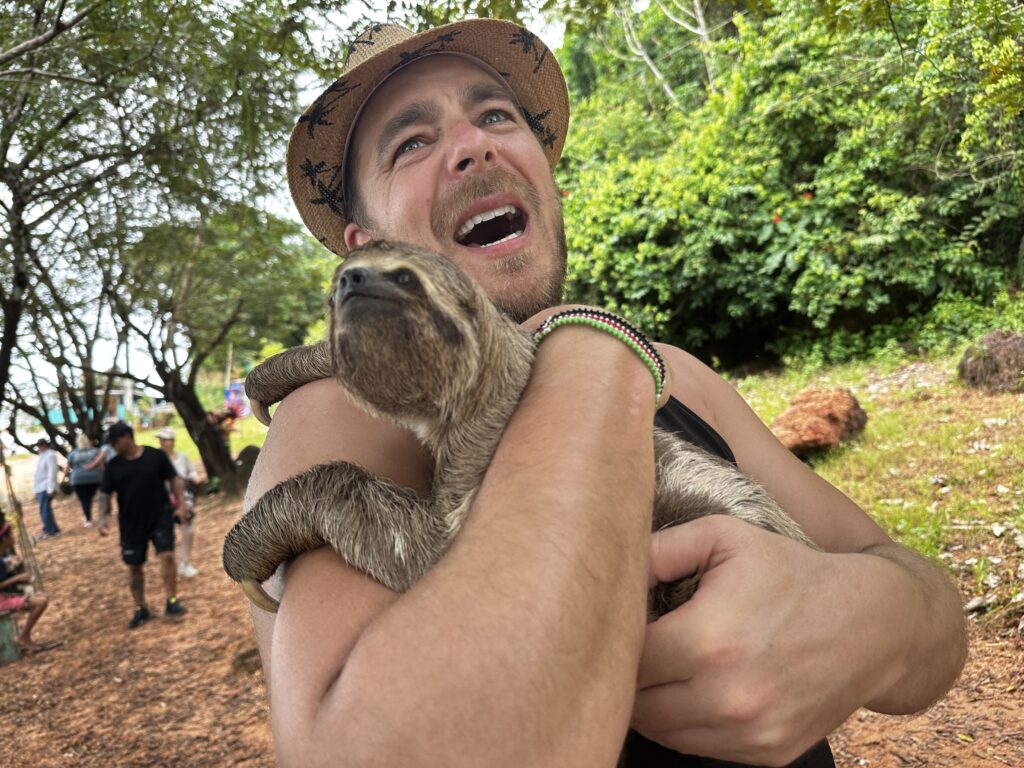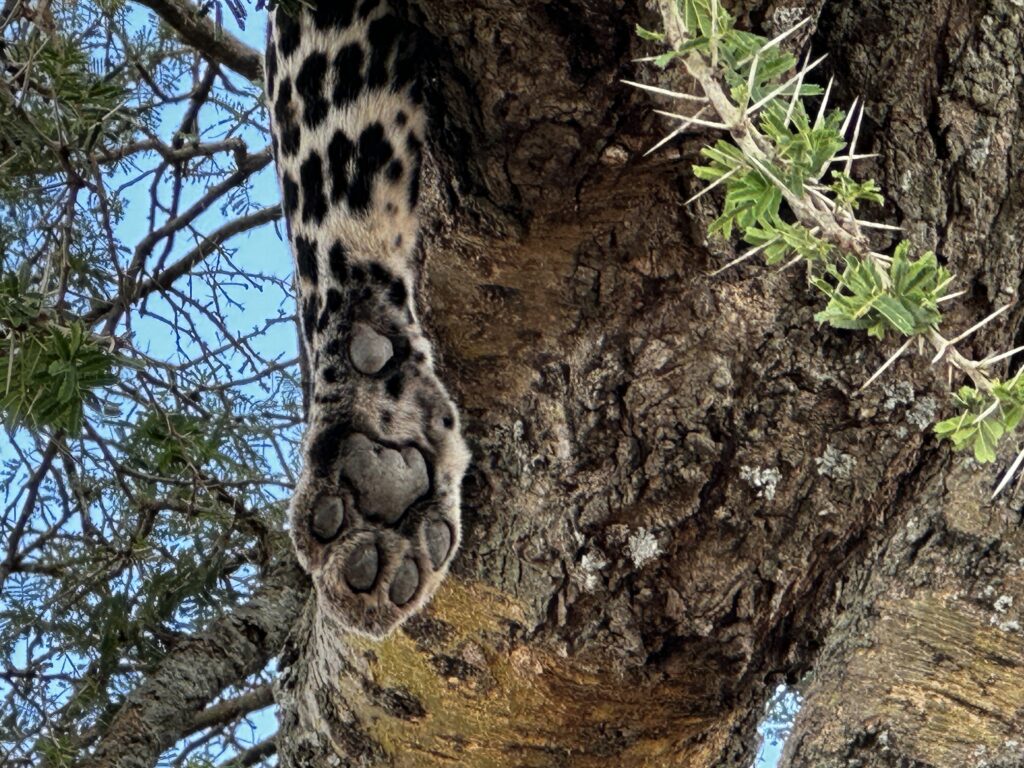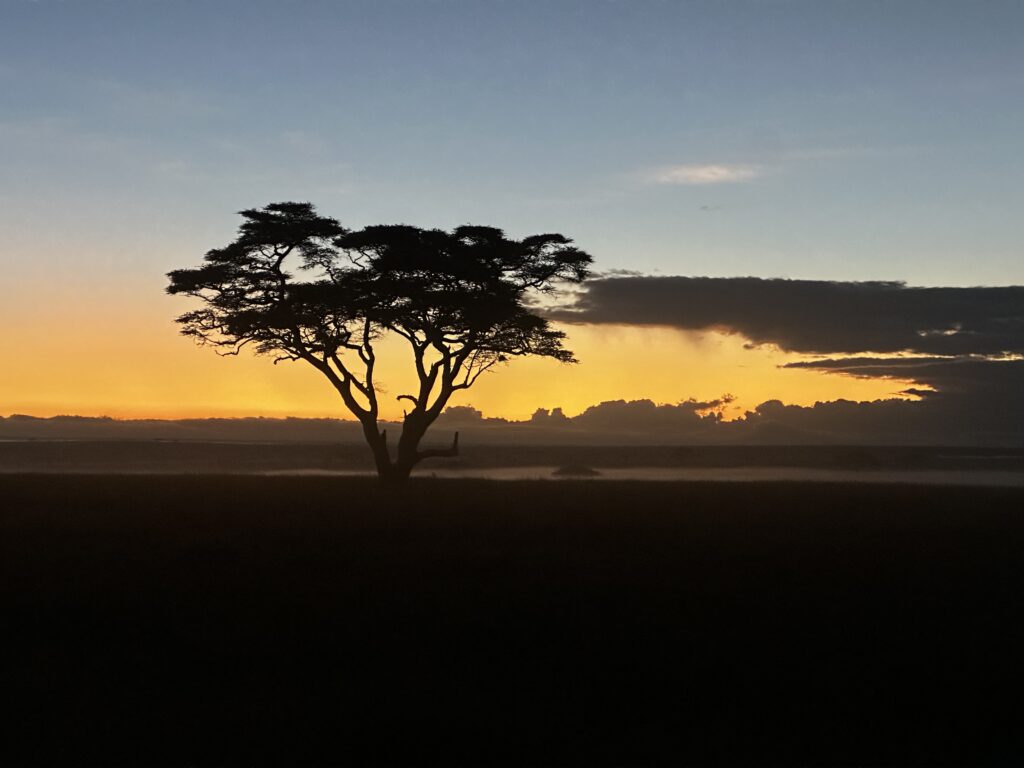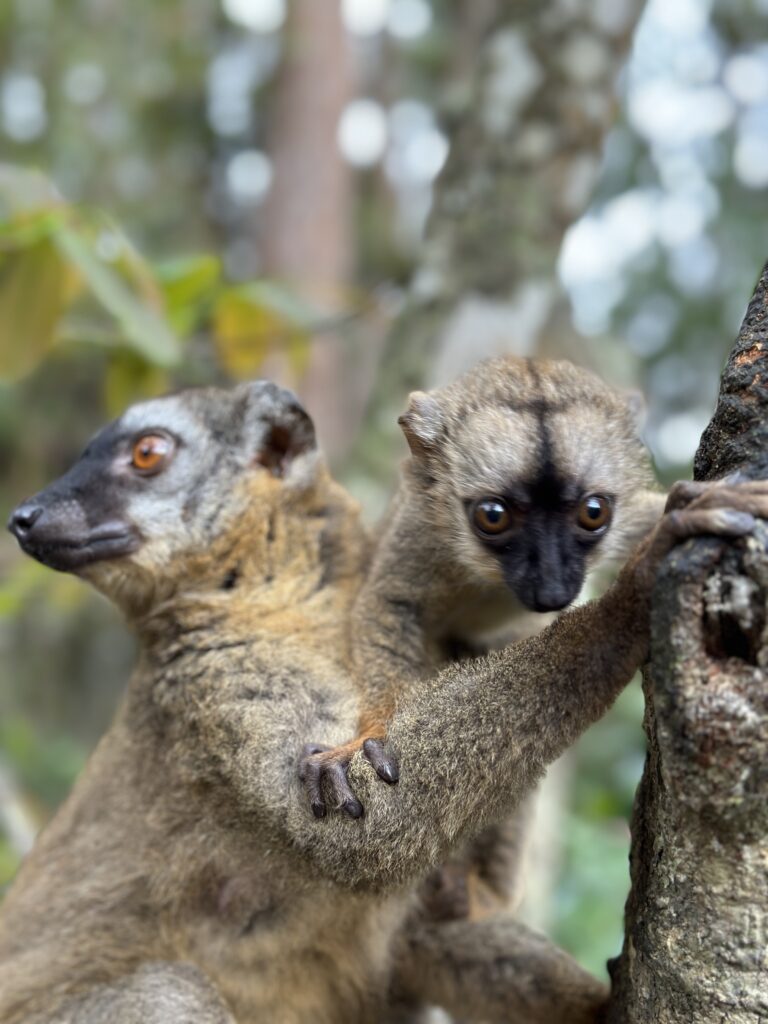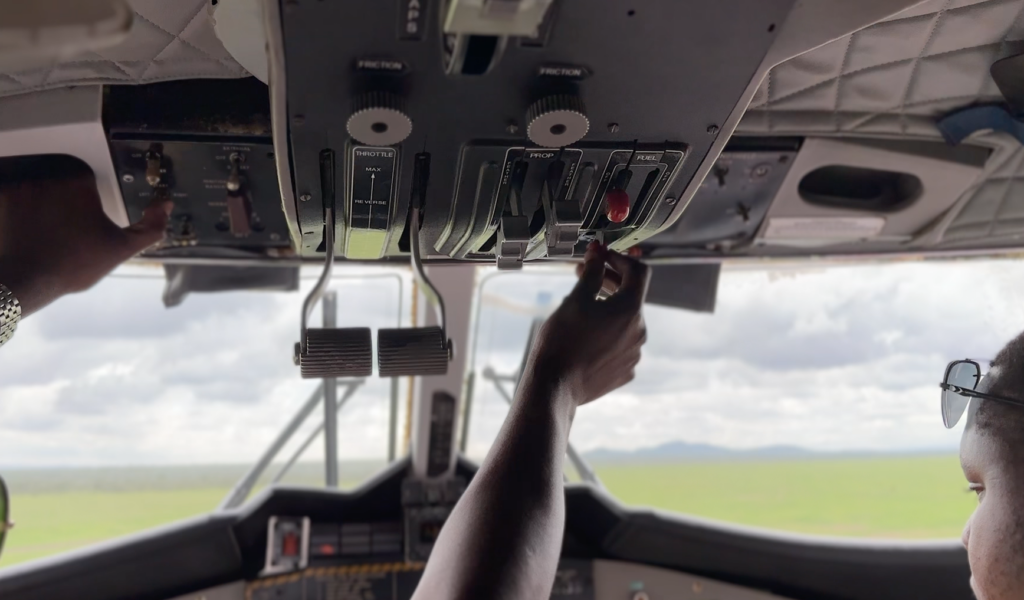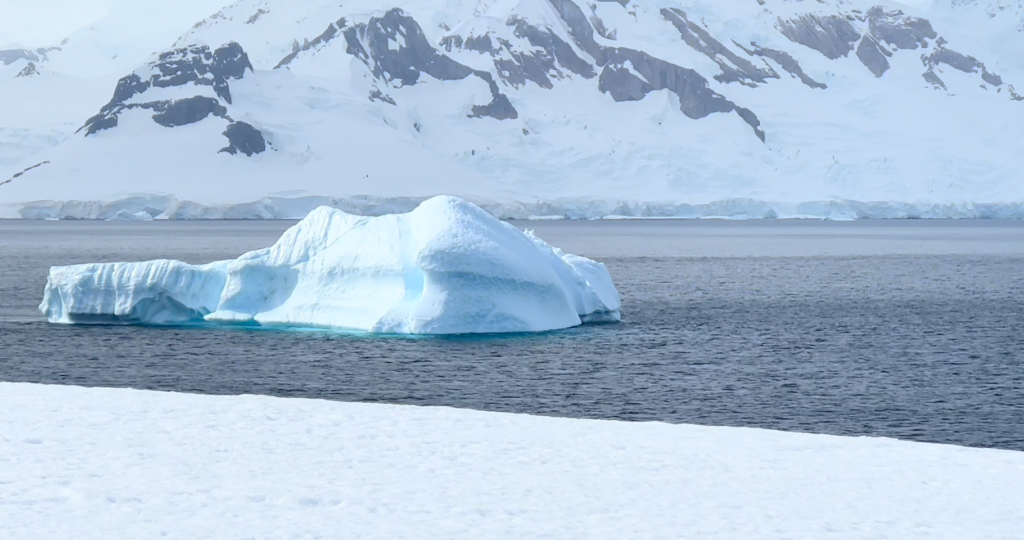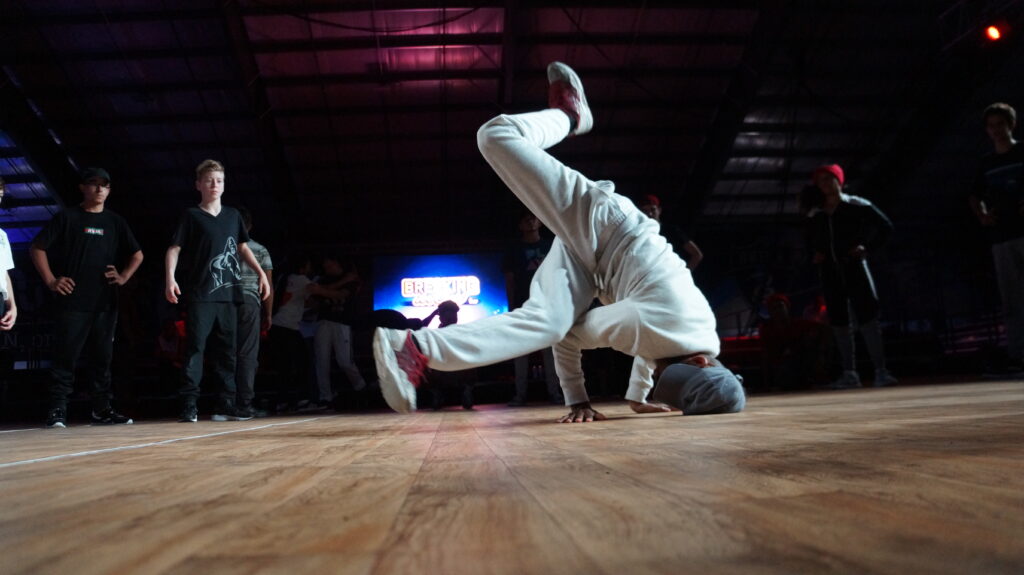Nothing, and I mean nothing is quote like Madagascar.
First of all, it’s a massive 228k square miles. Madagascar rivals big states in USA, like California, Texas, and even Alaska. You can also see how big it is compared to Spain or Italy.
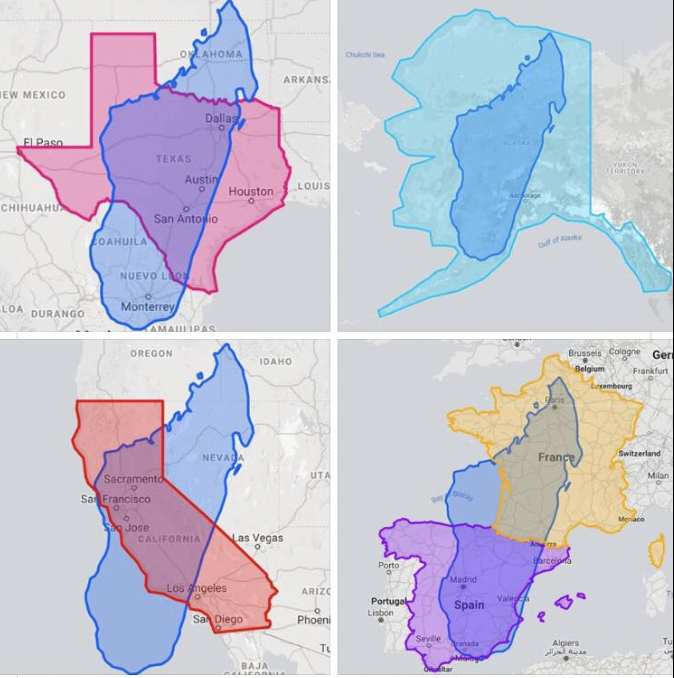
As the fourth largest island in the world, Madagascar is a land of unparalleled biodiversity and natural beauty. With new discoveries every day, the island is renowned for its exceptional biodiversity, hosting a wide array of unique species that are found nowhere else on Earth.
The island’s isolation from mainland Africa for millions of years has led to the evolution of a distinct and diverse ecosystem. Then you have humans. The people of Madagascar are amazingly kind and hospitable, despite mainly living in abject poverty due to extremely oppressive corruption in higher government.
Malagasy is the island’s native language. It is an Austronesian language, and while there are regional variations and dialects, they are generally mutually intelligible. There are several dialects of Malagasy spoken across Madagascar, with differences in pronunciation, vocabulary, and grammar. The north and the south are extremely different.
The best thing to say in Malagasy, is Salama, or Salam. It’s: Hi.
When you fly into the main capital, Antananarivo, you’ll learn some Malagasy. Then, when you fly to the north – you’ll realize that it’s completely different and they have many alternative words. Except – Salama is always ubiquitous, island-wide.
Anjajavy: Mafana Beh !
Mafana is northern Malagasy for “hot” and Bey is “a lot” so it says Really Hot. Going to the North during the spring/summer season, there’s tons of baby animals! That’s a plus, however you’re dealing with sweltering heat and the humidity is high, making it impossible to escape the heat.
Nestled in the western reaches of this enchanting place, you’ll find Anjajavy, a remote gem that promises a journey of discovery amidst its pristine landscapes and rich cultural tapestry. There is a certain allure of Anjajavy, which attracts the likes of celebrities, like Leonardo Dicaprio (who was apparently in that region at the same time frame as me).
You need to catch flights to reach this hidden paradise, there’s just no other way. Driving across Madagascar can take weeks. Flying can take 2-3 hours.
Discovering Anjajavy: A Haven of Tranquility
Anjajavy is a peninsula jutting out into the azure waters of the Indian Ocean, is a haven for nature enthusiasts, celebrities on vacations, tons of French tourists and adventurers alike. Its secluded beaches, lush mangroves, and verdant forests teem with life, offering a glimpse into Madagascar’s natural splendor. Visitors to Anjajavy are treated to a sensory feast, where the symphony of wildlife harmonizes with the gentle lapping of waves and the rustling of leaves in the breeze. The water is warm, the sand is clean, the air is fresh, and there are awesome Lemurs everywhere.
Navigating the Need for Flights
Reaching Anjajavy is an adventure in itself, requiring a flight from Madagascar’s capital, Antananarivo, to a private airport located on the Anjajavy grounds, followed by a scenic ride on the back of a modified pickup truck to the facility on the peninsula. While the journey may seem daunting, it is a small price to pay for the unparalleled experiences that await at Anjajavy. The flights offer breathtaking aerial views of Madagascar’s diverse landscapes, from sprawling highlands to winding rivers and dense forests, setting the stage for the wonders that lie ahead. You can see waterfalls, roads, and interesting structures through dense forests, and vast mountainous regions.
Lemurs: Guardians of Madagascar’s Biodiversity
No visit to Madagascar is complete without encountering its iconic inhabitants: the lemurs. Anjajavy is home to a remarkable array of lemur species, each adapted to its unique habitat within the peninsula’s mosaic of ecosystems. From the playful ring-tailed lemurs dancing among the baobab trees to the elusive mouse lemurs darting through the underbrush, these primates embody Madagascar’s evolutionary marvels and serve as ambassadors for its conservation efforts.
Economy and Conservation: A Delicate Balance
The economy of Anjajavy is intricately linked to its natural resources, with ecotourism playing a pivotal role in sustaining both livelihoods and conservation initiatives. Local communities actively participate in ecotourism ventures, offering guided tours, artisanal crafts, and traditional cuisine to visitors. This symbiotic relationship fosters a sense of stewardship towards the environment, empowering communities to protect their natural heritage for future generations.
At the place we visited, they had re-populated the entire tortoise population by hand, using orphan tortoises that were sent in from The Seychelles as rescues.
Visiting Anjajavy in Madagascar is a transformative experience that celebrates the wonders of nature while highlighting the importance of sustainable tourism and conservation. From the need for flights to the awe-inspiring diversity of lemurs and the delicate balance between economy and ecology, Anjajavy encapsulates the essence of Madagascar’s untamed beauty and cultural richness. It is a journey that transcends boundaries, leaving an indelible mark on the hearts and minds of all who endeavor to reach this extraordinarily beautiful place.

